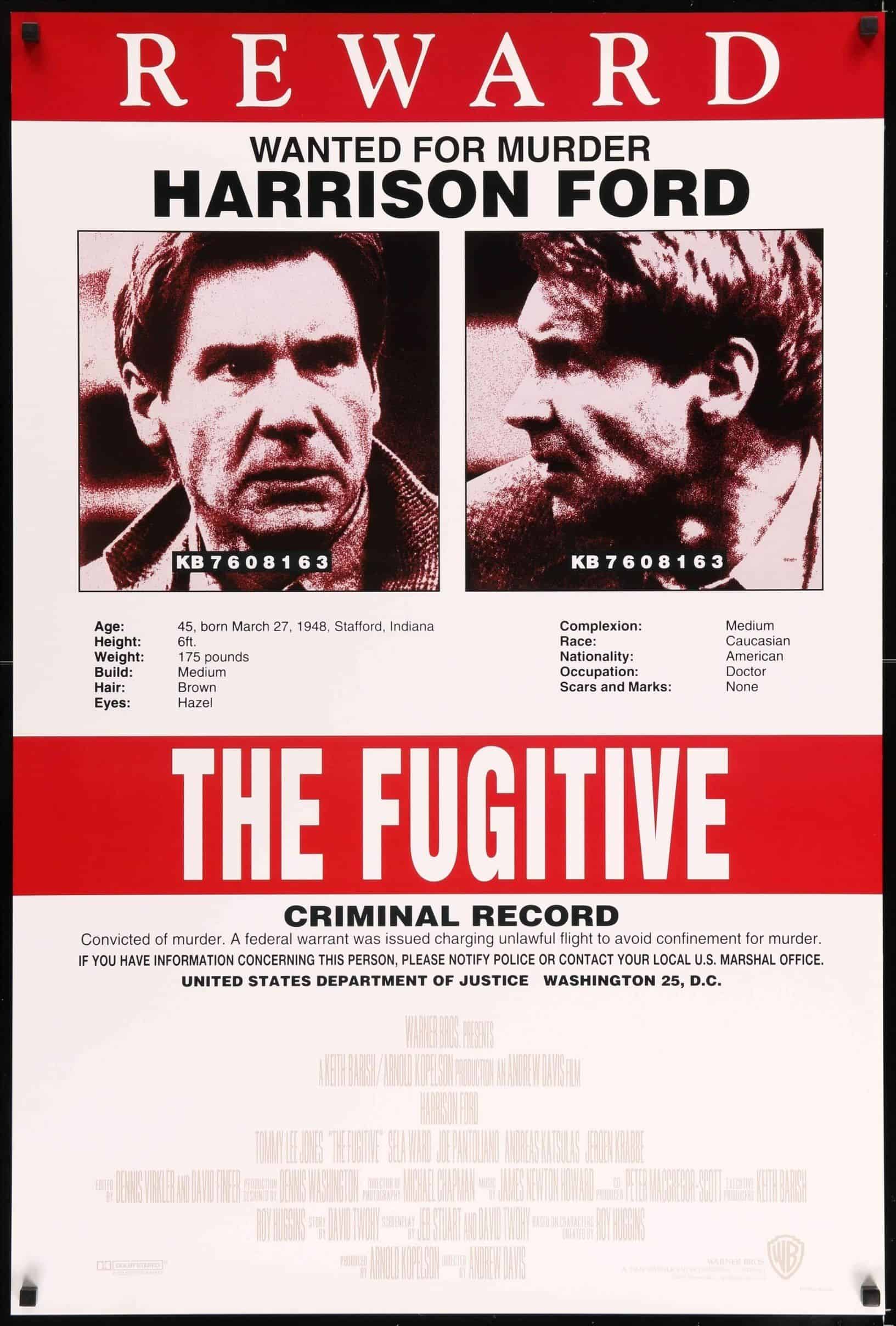I have some DVDs from the bygone era and before they become non-functional, I am going to record interesting bits from these Director’s Cut editions. These provide valuable insights into the art of filmmaking and it’s amazing to see how great filmmakers adjust to the dynamic conditions, how much trouble they go to get the tiniest of details right and produce a memorable experience. Other movies in this series are
1. The scene where cops question Dr. Richard Kimble (Harrison Ford) was improvised. Harrison did not know what the questions were, he just answered them based on the knowledge that he had of the murder, ad-libbing all the way. Amazing performance!
2. The train crash was real. No miniatures or digital effects. It was shot with 27 cameras. Hidden tracks made the engine go astray and it landed at the right spot.
3. The famous dialogue by Samuel Gerard (Tommy Lee Jones), “Well, think me up a cup of coffee and a chocolate doughnut with some of those little sprinkles on top, while you’re thinking.“ was written by Tommy Lee Jones on the spot that morning.
4. The chasing scene in the tunnel was shot part on stage and part on location. Andrew Devis quotes the great Italian director Federico Fellini here, “Movies are light.”
5. Julianne Moore who plays part of a doctor at the Cook County Hospital (CCH) in Chicago was supposed to play a much more significant role, where she takes Kimble home and helps him to find the one armed man who killed his wife. But later, it was felt that Kimble’s romantic involvement with anyone else will lose the focus on finding his wife’s killer. As a result, Moore’s role was cut so much that it now appears as a cameo.
6. The scene of the chase was shot on location on St. Patrick’s Day parade. No one in the crowd knew that Harrison Ford and Tommy Lee Jones were amongst them, except for one guy who recognises Harrison and smiles. The news people that you see in the press conferences questioning the police were actual news persons from Chicago. Similarly, many of the cops and doctors in the movie were played by real cops and doctors. They tried to get as many medical people involved as possible.
7. In the climax, for the cardiology conference scene, all of the audience were trained actors since the delicacy of the scene required that the extras do not overreact in any way.
8. In the climax as Gerard enters the Hilton hotel, the scenes were shot with steady-cam, moving in and out of path of actors, with minimum number of cuts to convey fluidity of a fast developing situation.
9. In the fight scene, after Kimble and Dr. Charles Nichols (Jeroen Krabbe) fight and fall into the elevator. Nichols gets out first and as the elevator is closing, Kimble’s hand stops it. This was Harrison’s idea.
10. The last fighting scene was finalised after a lot of discussions about how much violence would Kimble be allowed to do, whether Cosmo Renfro (Joe Pantoliano) would die in the climax or live and so on.
11. The last scene was shot in Michigan Avenue at 3.30 in the morning with a crane.
UPDATE : The Fugitive is based on the series of the same name. When I saw The Day of the Jackal, a thriller movie about assassination attempt of the French president Charles de Gaulle in 1963, I found some similarities with The Fugitive. It is based on the novel of the same name by Fredrick Forsyth. The killer Jackal, also called Paul Duggan/Per Lindquist played by Edward Fox is on the run after the French police receive information about his plan. He murders a woman and changes his appearance by dying his hair black. Many of the scenes in The Fugitive seem to be inspired by those in The Day of the Jackal.
In The Day of the Jackal, the climax was shot amidst the 25th August parade in Paris. The Fugitive changed this to St. Patrick’s Day parade and that was also shot on location. While the protagonist in The Day of the Jackal is a real murderer, Harrison Ford is falsely accused of the murder and remains a good guy. In both movies, the inspector/marshal has a strong personality.


